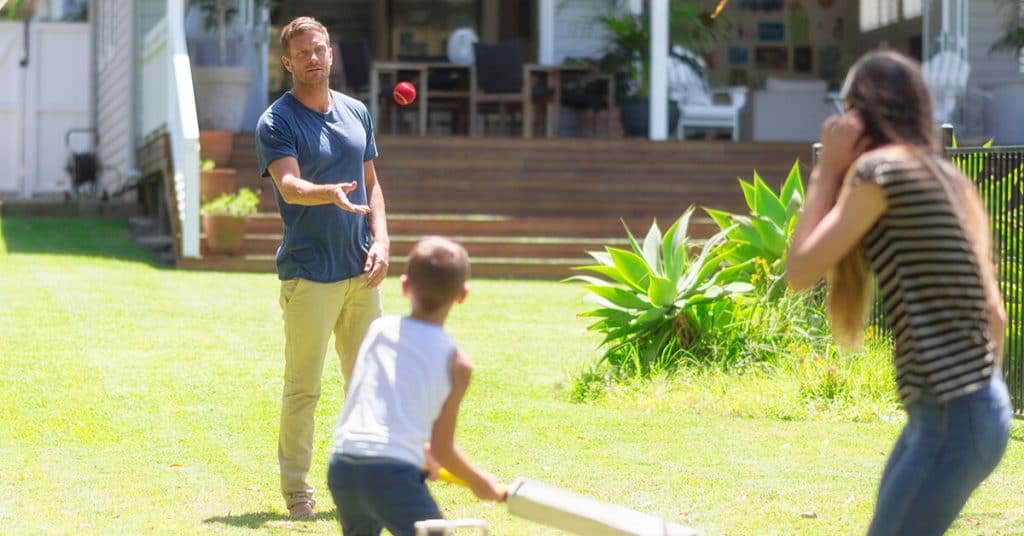
Living in 21st Century Australia – can we adapt to the changes ahead?
This has been perpetuated by the great Australian dream of owning a freestanding suburban home on a quarter acre block, resulting in the urban sprawl that is symptomatic of towns and cities throughout our nation, including the Gold Coast.
For much of this century Australian houses have been distinguished as the largest in the world, typified by the pre-GFC “McMansion” common throughout the Gold Coast. Whilst houses have been increasing in size, newly developed residential estates are progressively reducing the plot sizes as local governments seek to reduce infrastructure costs, and developers attempt to maximize yield.
Housing once satisfied a primary physical need for shelter and formed the nucleus of family life. Increasingly our homes are being considered more as an investment asset, and suitability of location and layout are considered less important than the potential for capital growth.
As we’ve witnessed recently, investor demand for housing has driven prices so high in our major cities that it is putting home ownership out of reach for many younger buyers. Developers have been quick to counter this by producing smaller and smaller product, often driven by price point rather than consideration of practicality or liveability for the end user. A flawed model that is ultimately destined to fail.
One in five Australians now live in a multi-generational household within traditional dwellings typically designed for single family occupancy. Increasingly young adults are delaying departure from their family homes to pursue tertiary education, or to reduce high living costs. Residing in their parents’ dwellings, they often live with partners and children in accommodation that lacks dedicated space for their own amenity, storage and privacy needs.
In another major demographic shift, the average post war “nuclear family” has shrunk from 3.75 people per dwelling to 2.6 people today, and two-person households are increasingly common. Typically comprising empty nesters, an adult child caring for an elderly parent, two unrelated individuals sharing rent, or a single parent and child, smaller housing models are an emerging need.
To counter a shortage of aged care accommodation, Governments have offered various financial incentives to promote retirees aging within their homes. Whilst this may delay the demand for these facilities in the short term, most homes are not suited to accommodating the mobility-impaired or servicing the high care medical needs of the elderly.
Australia’s increased ethnic diversity also brings with it different social and cultural mores, which can have significant implications for living, access, and privacy requirements.
Historically we have been a development-driven city where upward vertical planning dominates our coastline, and horizontal urban sprawl characterises our city’s inland edges.
New regional and state plans now focus on infill development limiting the release of greenfield land for new housing, preventing the ever-increasing expansion of our urban footprint at the expense of bushland and rural agricultural properties.
This will force us to be more responsible in providing appropriate housing choices for the changing needs of residents within our existing suburbs.
Innovative housing solutions will be required to cater for the future growth of our city, estimated to exceed 350,000 new residents within the next 25 years.
Successfully balancing the needs of short term tourist accommodation with permanent lifestyle considerations whilst addressing social, economic and cultural diversity issues will be essential to ensure the Gold Coast remains a desirable place for all of us to call home.
